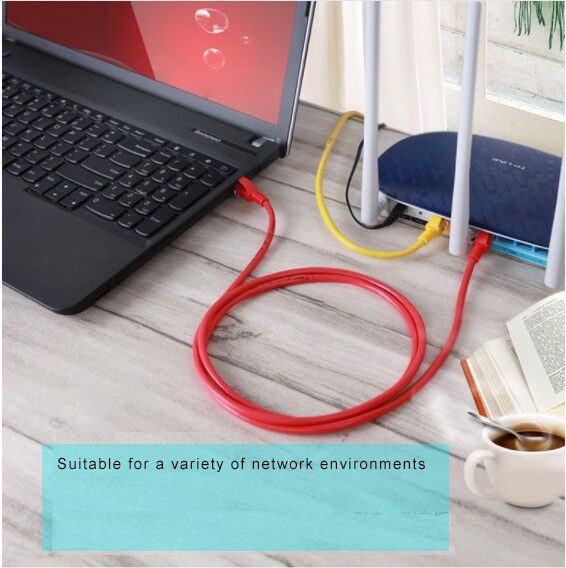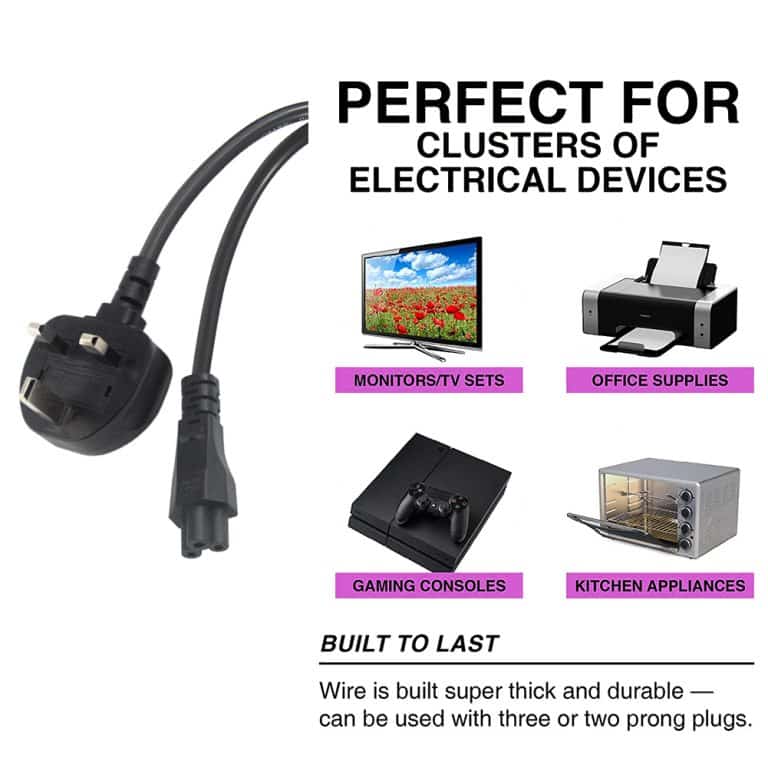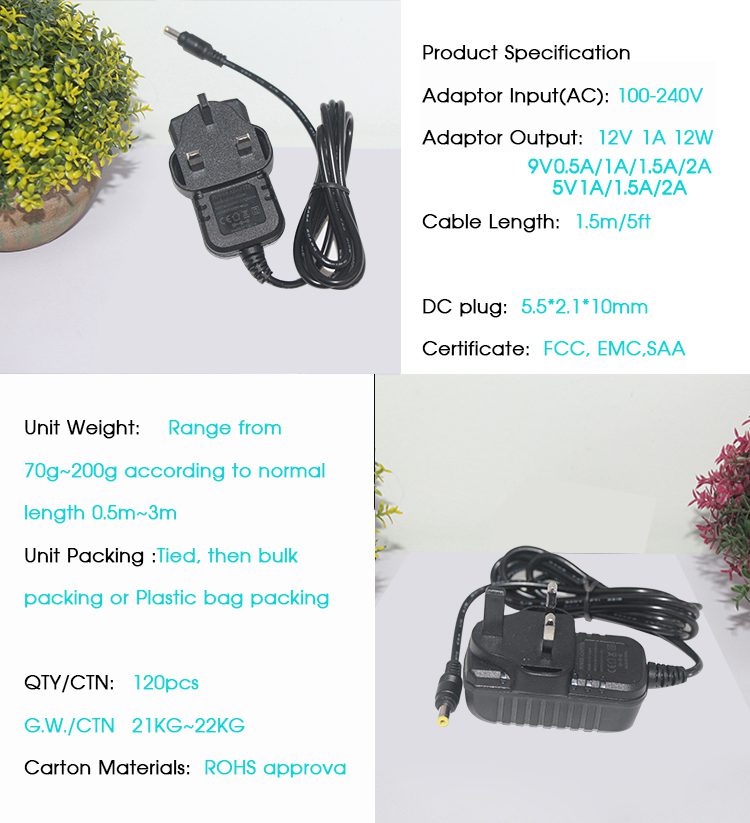The Future of Networking: Exploring the Next Generation of Network Cables
Exploring the Next Generation of Network Cables
As technology continues to advance at a rapid pace, the demand for faster, more reliable, and efficient networks is on the rise. Network cables, which have been the backbone of wired connections for decades, are also evolving to meet these demands. Let’s take a look at the next generation of network cables and how they are shaping the future of networking.

- Kategori 8 Cables:
One of the most promising advancements in network cables is the emergence of Category 8 (Cat8) cables. Cat8 cables are designed to support speeds of up to 25 gigabits per second (Gbps) or even higher, making them ideal for high-performance applications such as data centers, cloud computing, and 4K/8K video streaming. These cables use shielding and copper conductors to minimize signal interference, allowing for faster and more reliable data transmission. - Fiber Optic Cables:
Fiber optic cables have been used in networking for quite some time, offering unparalleled speed and bandwidth capabilities. As technology progresses, fiber optic cables are becoming more affordable and accessible, paving the way for widespread adoption. These cables use thin strands of glass or plastic to transmit data as pulses of light, resulting in incredibly fast and reliable data transmission. Fiber optic cables are not only capable of transmitting data at incredible speeds but also have a much higher capacity to handle large amounts of data, making them vital for future network infrastructure. - Power over Ethernet:
Power over Ethernet (PoE) is a technology that enables network cables to carry both data and power. This eliminates the need for separate power cables, streamlining installations and reducing costs. PoE is especially valuable for Internet of Things (IoT) devices, which often require power and connectivity in remote or hard-to-reach locations. With the advent of higher power standards, such as the new IEEE 802.3bt standard, PoE cables will be able to deliver even more power, further expanding the possibilities for network-powered devices. - Improved Cable Management:
While not a direct advancement in the technology of network cables themselves, improved cable management solutions are a trend that will greatly impact networks. With the increasing number of devices and cables in use, organizing and managing cables is becoming more critical. From cable trays and labels to more efficient routing and storage solutions, cable management innovations will simplify installations, reduce interference, and make troubleshooting easier. - Wireless Networks:
While we are focusing on network cables, it is worth mentioning the ever-evolving wireless networking technologies. The rise of technologies like Wi-Fi 6 (802.11ax) and its successors will continue to provide faster wireless speeds and increased capacity. Although wireless connections cannot completely replace wired connections, they will become an integral part of the future network infrastructure, complementing wired connections and offering flexibility and mobility.

In conclusion, the future of networking is incredibly exciting, and network cables play a crucial role in enabling faster, more reliable, and efficient connections. With advancements such as Cat8 cables, fiber optic cables, Power over Ethernet, improved cable management, and evolving wireless technologies, we can expect networks to become even more powerful and capable of handling the ever-increasing demands of our digital world. As technology continues to advance, the next generation of network cables will pave the way for remarkable innovations and redefine the way we connect and communicate.





